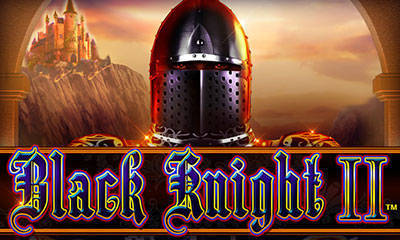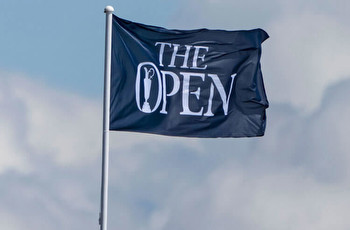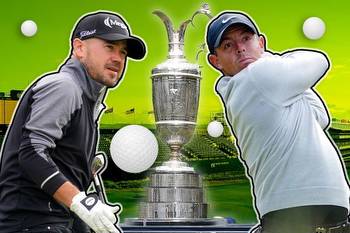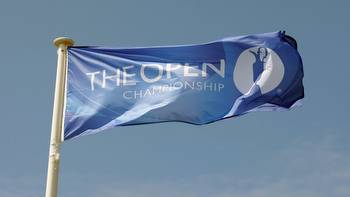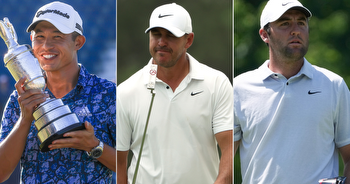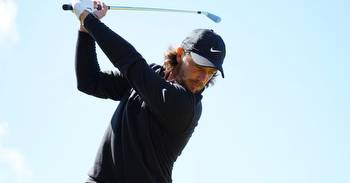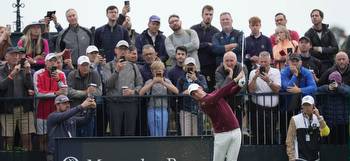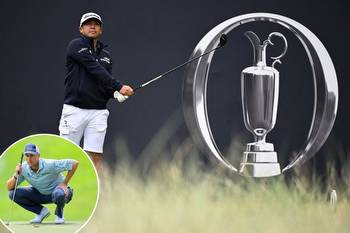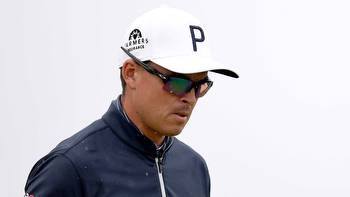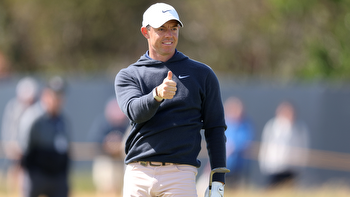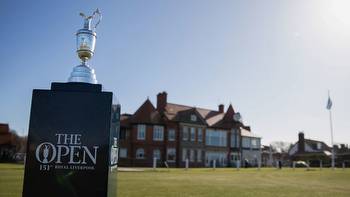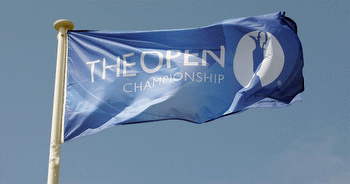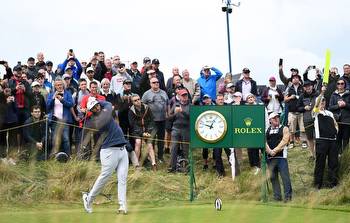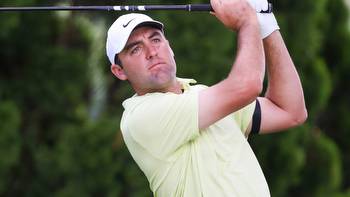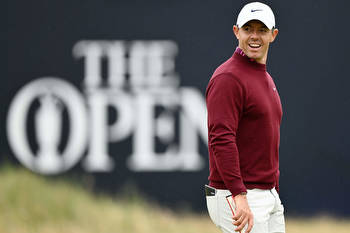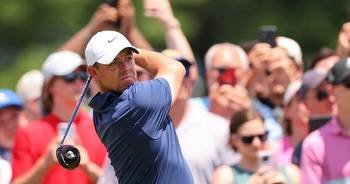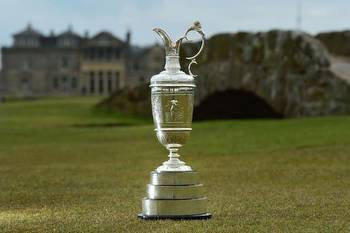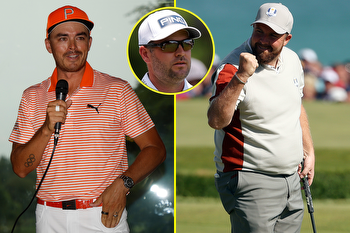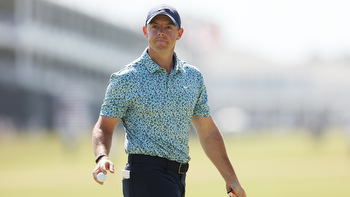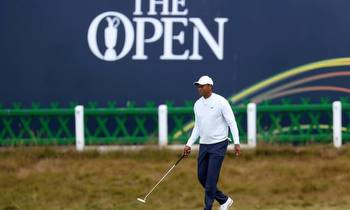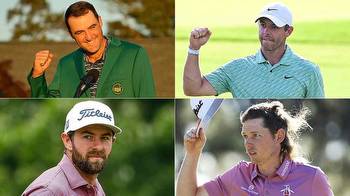The stage is set at Royal Liverpool. Let the games begin!

In his 2006 winning press conference at Royal Liverpool, Tiger Woods was asked if Hoylake had stood the test of time.
“I think it’s a fantastic test,” Woods gushed after running out a two-stroke winner over Chris DiMarco at 18-under par.
“With the golf course being this fast, it lent itself to just amazing creativity. Granted, if you would have had easier pins I’m sure it would have gone lower. These are the most difficult pins I’ve ever seen at an Open Championship.
“And a couple of times you felt like if you hit a putt too hard you’ll actually putt it right off the green, and you never have that feeling at an Open. But this week it certainly was the case.”
Woods was speaking from a sun-baked Hoylake as the golfing gods shined over Liverpool for what would prove to be Tiger’s last Open victory, to date.
The course was parched, fast and fiery but with little wind, the R&A tucked pins to protect the record books. Naturally, the layout played short, but no less tricky.
Earlier that week, Woods looked to be threatening the 400-yard barrier as his drives bounded down the crusty turf in practice. What a weapon to have in the locker, you’d think.
Woods saw it differently, opting to hit just one driver all week as he dissected Hoylake’s routing like a brain surgeon; his memorable strategy sure to be employed by this year’s pretenders after another sun-drenched summer.
“As I was playing the golf course in practice, I would hit a couple of drives, and the driver would go 350, 370 yards,” Woods said.
“How can you control that out here? You can’t control that. The fairways are hard enough to hit as it is, and you add driver and they go that far, now how hard is it to hit?
“So I just felt in the end if you stayed out of the bunkers the entire week and had just a decent week on the greens, I felt that I would be in contention on the back nine.”
And so it proved. Woods didn’t stray into a single bunker across the entire tournament, executing his gameplan to perfection. It was a performance he labelled as one of his best ball-striking weeks ever, the epitome of control, and it was also a victory carried out under an immense cloud of emotion, mere months after the death of his dad and mentor, Earl.
When the final putt dropped in 2006, golf’s alpha male withered into the arms of his caddie Steve Williams and sobbed until he had no tears left to give.
“I’ve never done that,” Woods admitted. “You know me.
“I guess I’m kind of the one who bottles things up a little bit and moves on, tries to deal with things in my own way.
“But at that moment it just came pouring out and of all the things that my father has meant to me and the game of golf, and I just wish he could have seen it one more time.”
As for Hoylake, Woods had no doubt we’d see it at least one more time as a mainstay of the Open rota. Asked if it should come back, he simply answered, “yes”.
Rory’s story at Hoylake
Just as Woods predicted, the Open returned to Hoylake eight years later as the heir apparent to Tiger’s throne, Rory McIlroy, collected his first Claret Jug and third Major championship crown.
Rory wasn’t the only one winning as his dad, Gerry, collected £50,000 after staking £200 on his son at odds of 500-1 to win the Claret jug in the next 10 years.
Rory was just 15 when the bet was placed!
After taking a six-stroke lead into Sunday, McIlroy would fend off final round charges from Sergio Garcia and Rickie Fowler to complete a two-shot win and become the third Northern Irish winner after Fred Daly, also at Hoylake in 1947, and Darren Clarke (2011).
At 25 years and 77 days, McIlroy was the third-youngest player to achieve the third leg of the modern Grand Slam at the time, after Jack Nicklaus (23 years, 181 days) and Woods (24 years, 171 days). He was also the seventh player to lead outright after every round.
And despite McIlroy’s Manchester United allegiances, the wire-to-wire winner had no problem tipping his cap to Royal Liverpool, hopeful of one day returning to Hoylake.
“I think Hoylake is a great course to be on the Open rota,” McIlroy said. “It’s a good test. It’s a great golf course. It’s a very fair golf course, I think.
“I’d like to come back here in the future, for sure. As I said, even being a Manchester United fan in these parts, I got great support all week, and I just wanted to thank them for that.”
McIlroy would go on to capture a fourth Major in 2014, denying Phil Mickelson at Valhalla. Perhaps most remarkable of all is that one year shy of a decade on, that fourth Major win remains his last.
At the time, the bookmakers might’ve matched Gerry’s 200-1 odds for such an outcome, and yet McIlroy returns this year to a site of victory past seemingly closer than ever to ending his Major drought.
The heartache of the Old Course last year repeated itself at LACC as McIlroy proved powerless to prevent Wyndham Clark from pipping him to the post by a shot.
The Holywood man was denied his Hollywood moment, and while memories of Hoylake are distant, the hunger remains to relive such successes.
In fact, it rumbles more rigorously than ever.
“When I do finally win this next Major, it’s going to be really, really sweet,” McIlroy vowed in L.A.
“I would go through 100 Sundays like this to get my hands on another Major championship.”
Let’s hope for the sake of McIlroy, his family and his fans, it happens much sooner than that.
Fred Daly’s watershed moment
While Woods undoubtedly inspired the McIlroy generation of golfer, the watershed moment for Irish players on golf’s main stage goes to Fred Daly, the island of Ireland’s first Major champion.
It was at Hoylake where Daly deservedly earned the title – Champion Golfer of the Year 1947, but not before the most inauspicious start to a week that would ultimately change his life.
The story goes that Daly arrived with fellow Irishman Harry Bradshaw at the accreditation desk. The pair of Paddies were approached by a commissionaire who informed them bluntly, “We’ve no tickets, so off with both of you!”
“We were humiliated and felt like a couple of Irish navvies grubbing around for some labouring work,” Daly later remarked.
“The day was saved by the Hoylake professional, Old Cyril Hughes, who took us out for a practice round. Afterwards Commander Roe, the R&A Secretary, sorted out the confusion. He was a lovely man.”
Emboldened by a bitter start to the week, Daly would ultimately have the last laugh, bouncing back from a near-fatal penultimate hole double-bogey by draining a monster 12-yard birdie putt for a monumental one-shot win.
Upon receiving the Claret Jug, the triumphant Daly hadn’t lost his wit.
“It’s nice to be taking this trophy back to Ireland,” he said. “Perhaps the change of air will do it good!”
Daly would eventually be honoured with a lifetime membership of Hoylake where he mentioned the case of mistaken identity that teed off his Open win.
Safe to say, it was all water under the bright, with Daly confirming that by then, “I had fallen in love with Hoylake and everything associated with the club.”
Who knows if the McIlroys, Harringtons and Clarkes of this world would’ve come to the fore with such vigour without Daly first knocking down the door at Royal Liverpool.
The class of 2023
Australian Cam Smith has the honour of defending the Claret Jug this year at Hoylake after a back-nine blitz saw him scupper McIlroy’s hopes at the 150th Open celebration at the Home of Golf last year.
No stranger to firm and fast conditions, the Brisbane boy’s creativity was there for all to see, not least as he navigated the famous Road Hole with a miraculous two-putt around the bunker guarding the penultimate green.
Smith will arrive to Liverpool buoyed by a fourth place finish at the U.S. Open and looks to be playing himself into form at just the right time to put up a stout defence of his crown.
“It feels right there,” Smith says of his game. “If anything, I think the driver feels better than what it did last year, and the irons and the short game, I think they’re right there.
“I think I’m a better player than what I was last year.
“The plan is to keep focussed on that driver. I think for me, that’s the difference to winning the golf tournaments and not winning. Just keep that driver on a string.”
While the likes of Smith, McIlroy, Scottie Scheffler, Masters champ Jon Rahm and U.S. PGA Champion Brooks Koepka will likely dominate the betting, Shane Lowry will be hoping to enter the mix somewhat under the radar.
A links specialist having burst onto the scene at Baltray when winning the Irish Open as an amateur, before capturing his maiden Major at the Open at Royal Portrush, Lowry, who enjoyed a top-20 result at the U.S. Open, also has course form to call upon after shining in a final round 65 at Hoylake in 2014.
Lowry would post an eventual tied-ninth finish at 10-under par and asked that Sunday if he could see an Open in his future, the Clara man all but predicted his ascent to the Claret Jug.
“I’m very comfortable in these surroundings. I love links golf. And I think I’m good in bad conditions,” Lowry said.
“I’m hopefully going to play another 15 or 20 Opens in my career. And when you come to an Open you don’t know what weather to expect; you might play under any conditions.
“I think I could do it down the line. If I give myself the chance to do it, I know I can do it on Sunday.”
Joining Lowry from an Irish perspective will be two-time Champion Golfer of the Year Pádraig Harrington, with Séamus Power completing Ireland’s lively quartet, but how about the chances of another foreign raider, Rickie Fowler?
The popular American succumbed to final round jitters at LACC when holding a share of the overnight lead but having missed the Open altogether last year, the work Fowler’s put in alongside Butch Harmon cannot be ignored. Should he learn from his U.S. Open disappointment and get the scar tissue working for him rather than against him, then Fowler can also draw on course form having finished joint-runner-up behind McIlroy in Liverpool nine years ago.
“Hoylake is a past Open where I had a very good week in 2014,” Fowler said of a year that he finished top-5 in all four Majors.
“We were trying to chase down Rory. He never really gave us a chance of it but it’s a place that I’ve had good success at and it’s awesome to get back to a place where I’ve played well and had such a good finish in a Major.
“I think what I learned is you don’t have to do anything special. What Rory did so well that day is he didn’t really make too many mistakes. That’s for the most part, every day out here, but especially important in final rounds.”
How Hoylake’s Head Pro would play it
While the likes of Fowler and McIlroy can lean on course experience come tournament week, this year Hoylake’s defences have been greatly reinforced, presenting players with new challenges, including a brand new par-3.
With its rich roll call of winners, few courses throughout history have helped identify the best golfer on a given week better than Hoylake. And with new bunkering, harsher run-offs, new tees, and even a new hole in play this year, a would-be champion will need to ace a stern examination in order to lift the Claret Jug.
So, who better than Head Pro of over 40 years at Royal Liverpool, John Heggarty, to help mark our card as to what the players can expect from Hoylake?
Of the par-3 sixth, the first of the short obstacles, Heggarty notes, “A lot will depend on where the pin is, whether or not people will go at it. If the pin is on the top tier, the top plateau, then that becomes quite a difficult pin placement.
“If it’s on the front part of the green, there is quite a lot of opportunity for the ball to move in off the right-hand side, and I do think that will be an opportunity for birdie.”
Tougher tests await players then, not least the par-4 tenth. Traditionally played as a par-5, one of the best birdie chances on the golf course has been transformed into a brute.
“I think it will be a tough hole,” says Heggarty. “Before the change you went on the tee and you can relax, thinking about a birdie, but now it’s one of the toughest par-4s on the course. You’re going to have to take that hole very seriously.”
There’s no doubt Hoylake has upped the ante, eager to protect itself against the power hitters that are threatening to render certain traditional designs redundant.
The 15th hole, which played as the 16th in previous Opens, is another that’s been stiffened; a new tee-box stretching the par-5 over 600 yards.
“That’s a great addition,” says Heggarty, “because it brings the bunkers into play that the pros bombed it over in 2014, and now we’ve got two new bunkers that are in position there on the right-hand side as well. So that’s going to be much more of a real par-5 than perhaps it was in 2014 and 2006.”
Tongues will be set wagging at the sight of the new 17th , named Little Eye. The diminutive par-3 measures just 140 yards but as Heggarty describes from experience, it could be anything depending on conditions, and four ‘3s’ for the week will likely see players gaining shots on the field.
“I’ve hit a 5-iron on that hole, I’ve hit a gap wedge on that hole, it could be anything,” Heggarty says.
“It’s fair to say that you need to hit the green. If you don’t hit a good shot on that hole onto the green, then you are going struggle to make par.
“There’s the big deep bunker on the right-hand side, a sneaky little bunker front left, and of course if you land it on the front of the green with any sort of decent strike, the spin that you’re going to create on that ball will probably bring you back down into the waste area, leaving you a 40-yard bunker shot from the wasteland.
“You need to have your A game on that tee, whether you’re hitting a gap wedge or you’re hitting an 8-iron.”
As for the 18th – which plays as the members’ 16th – the closing hole has crowned two incredible champions since its switch in the routing with Woods and McIlroy managing to get the job done.
This year, however, players have been pushed fifty yards further back, and significantly further right. And if that wasn’t enough, the out of bounds has been brought in twenty yards further left.
18 is a hole where great golf will be rewarded, and bad shots severely punished. Unlike LACC, it’s a finishing hole befitting a Major test, and a would-be champion.
“The reality is they’ll probably be a little further back than they were in 2014, which then brings more of the out of bounds in for the second shot,” warns Heggarty.
“So it would favour an aggressive play from the tee, which will again leave just a 4-iron or 5-iron onto the green. But circumstances, an 18th hole, 72nd hole, an aggressive play doesn’t always work hand in glove.
“So it will be a case of this is what we must do, and perhaps this is what we mustn’t do.”
And with that, the scene is set. The Masters may claim to be a tradition unlike any other but the Open remains the most historic and unique Major of them all.
Prepare for fireworks over Hoylake come Open Championship Sunday.
